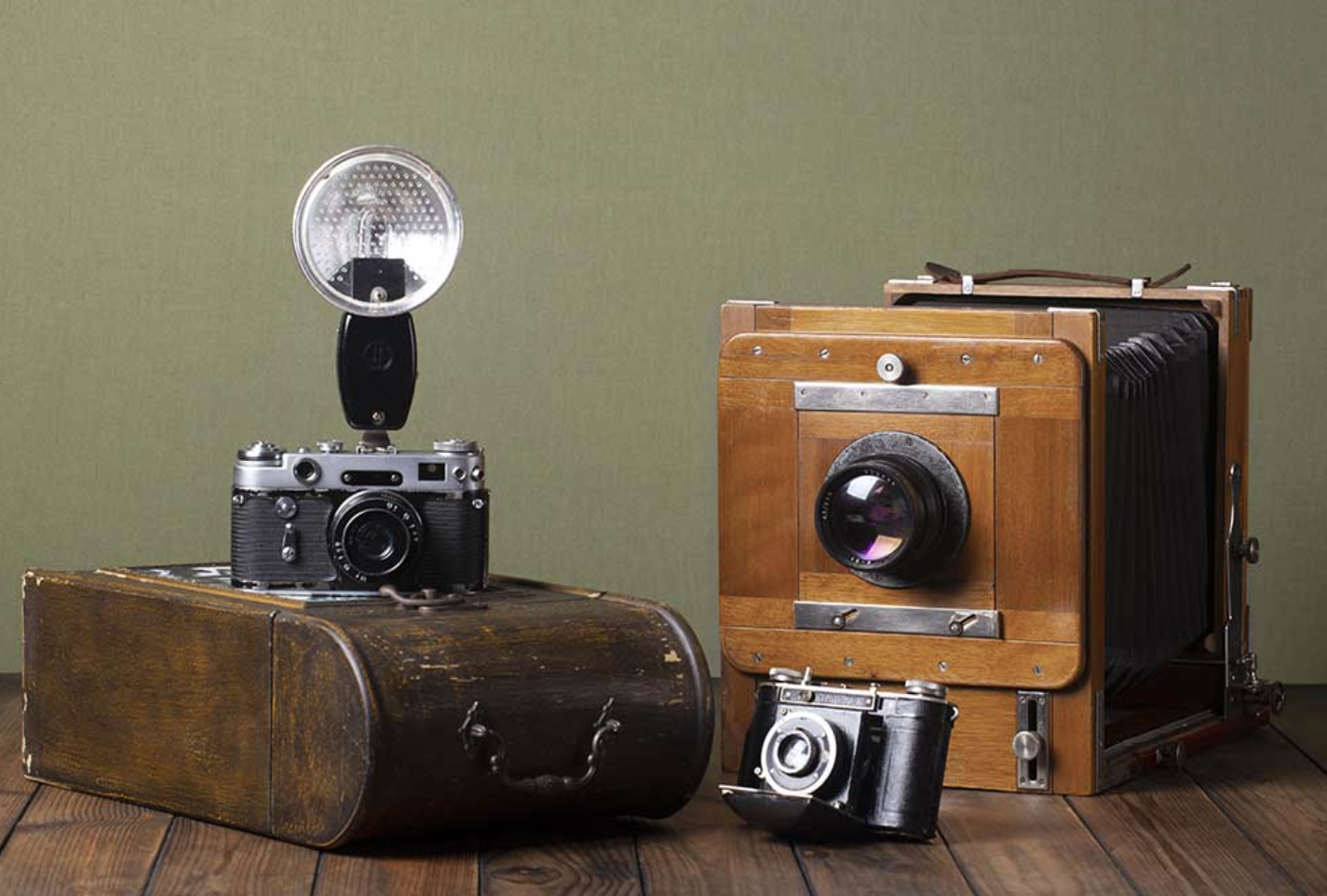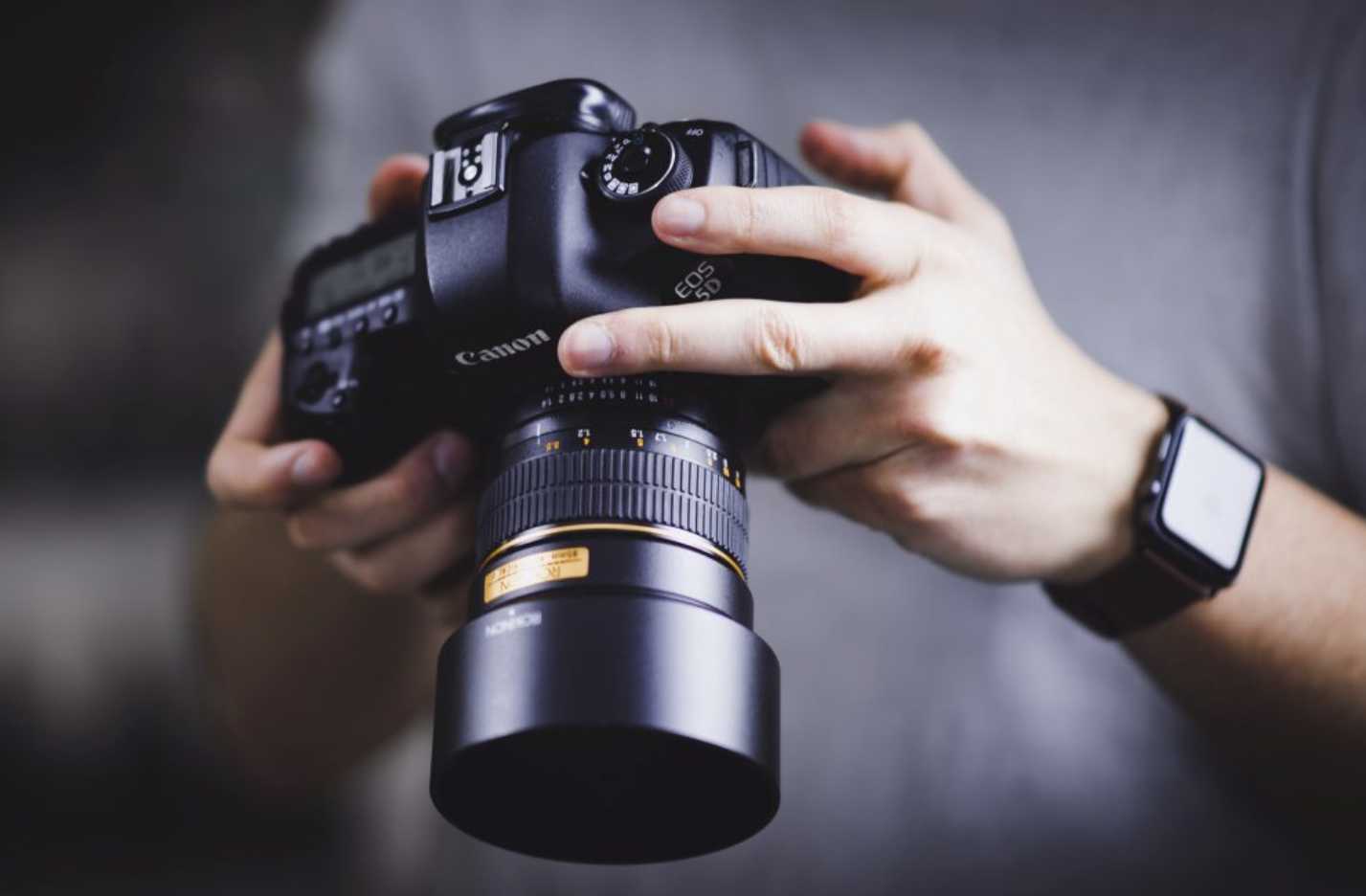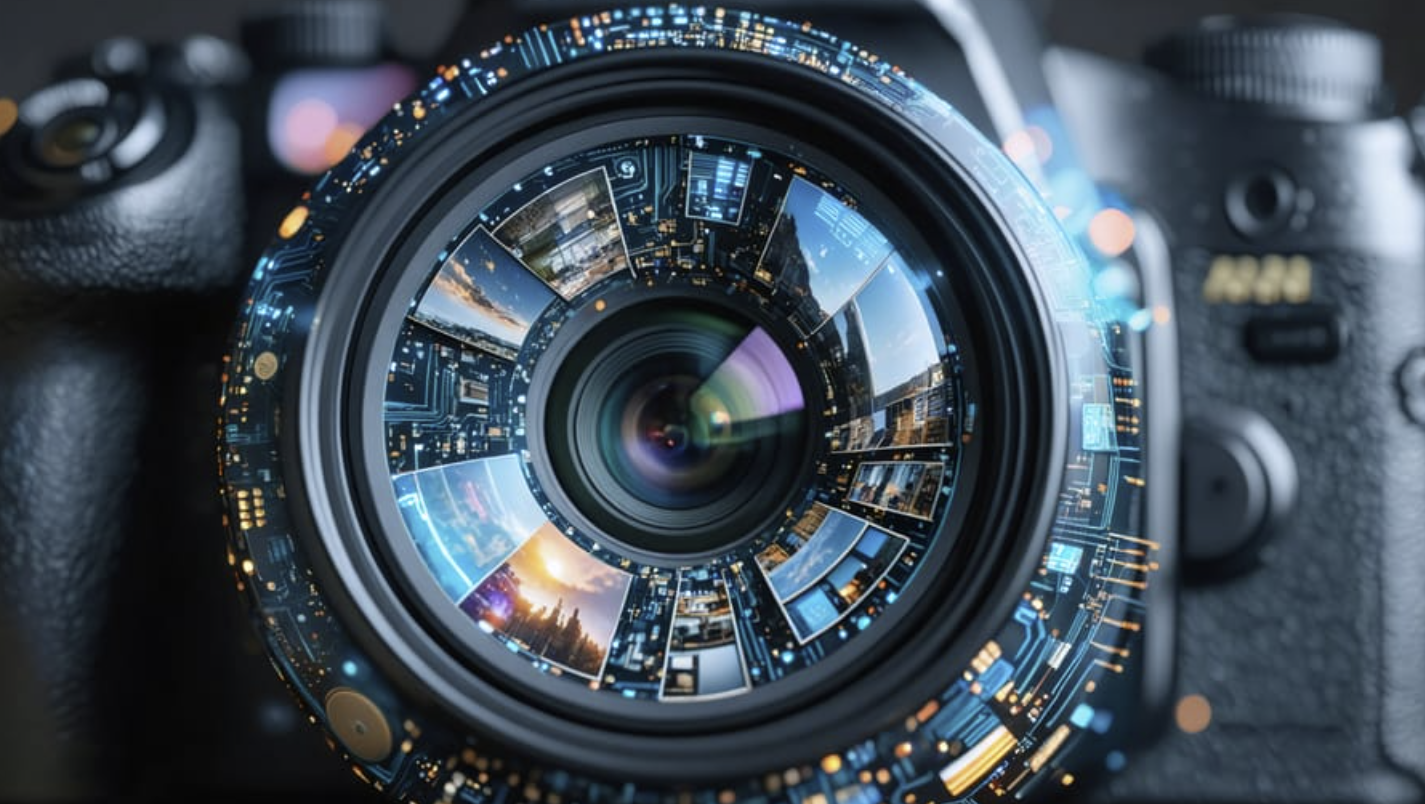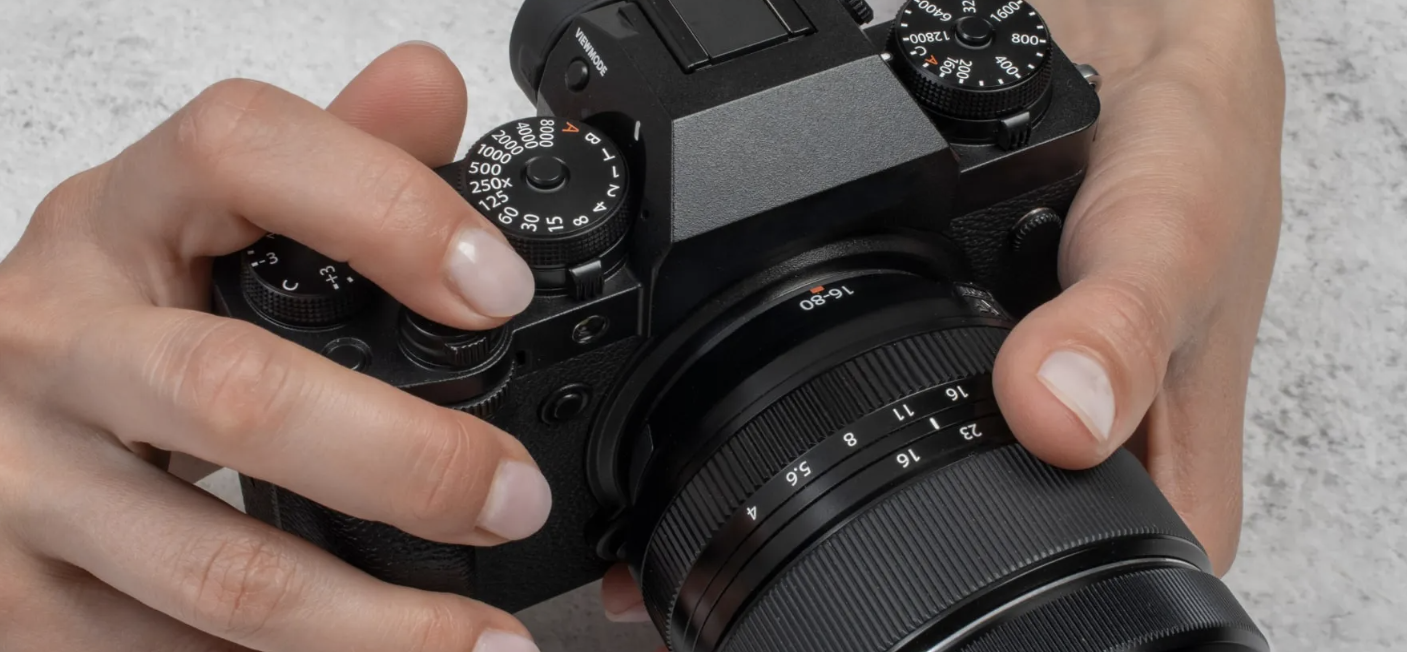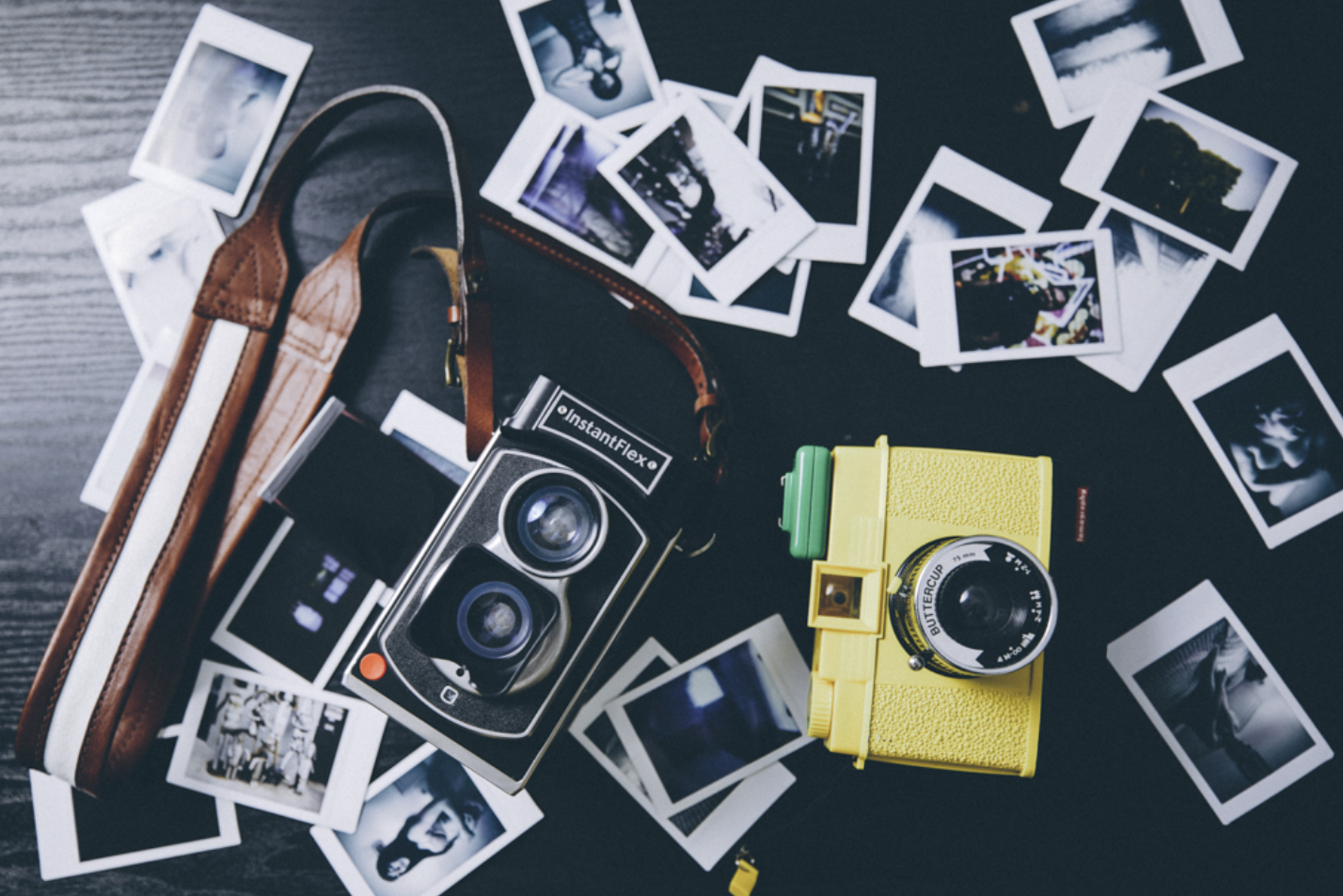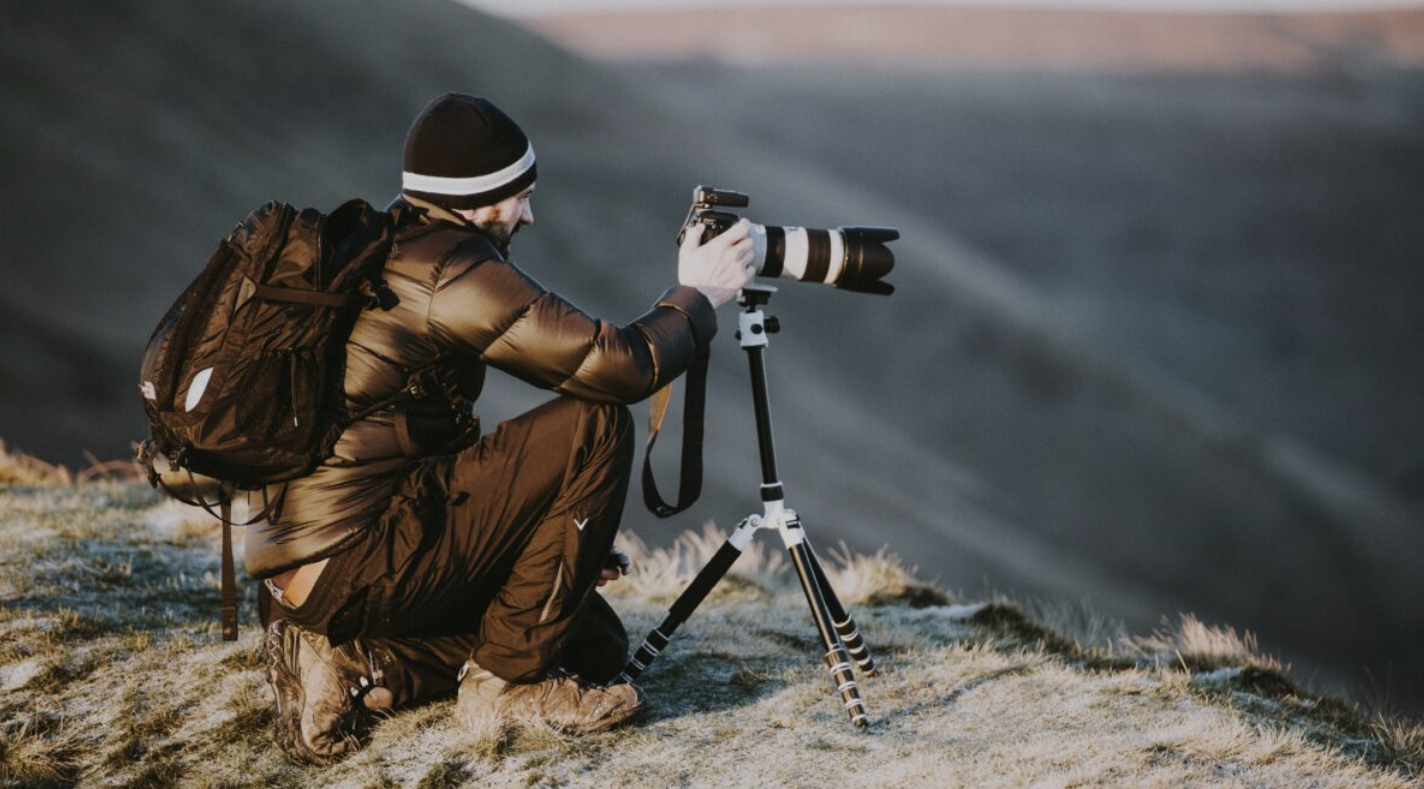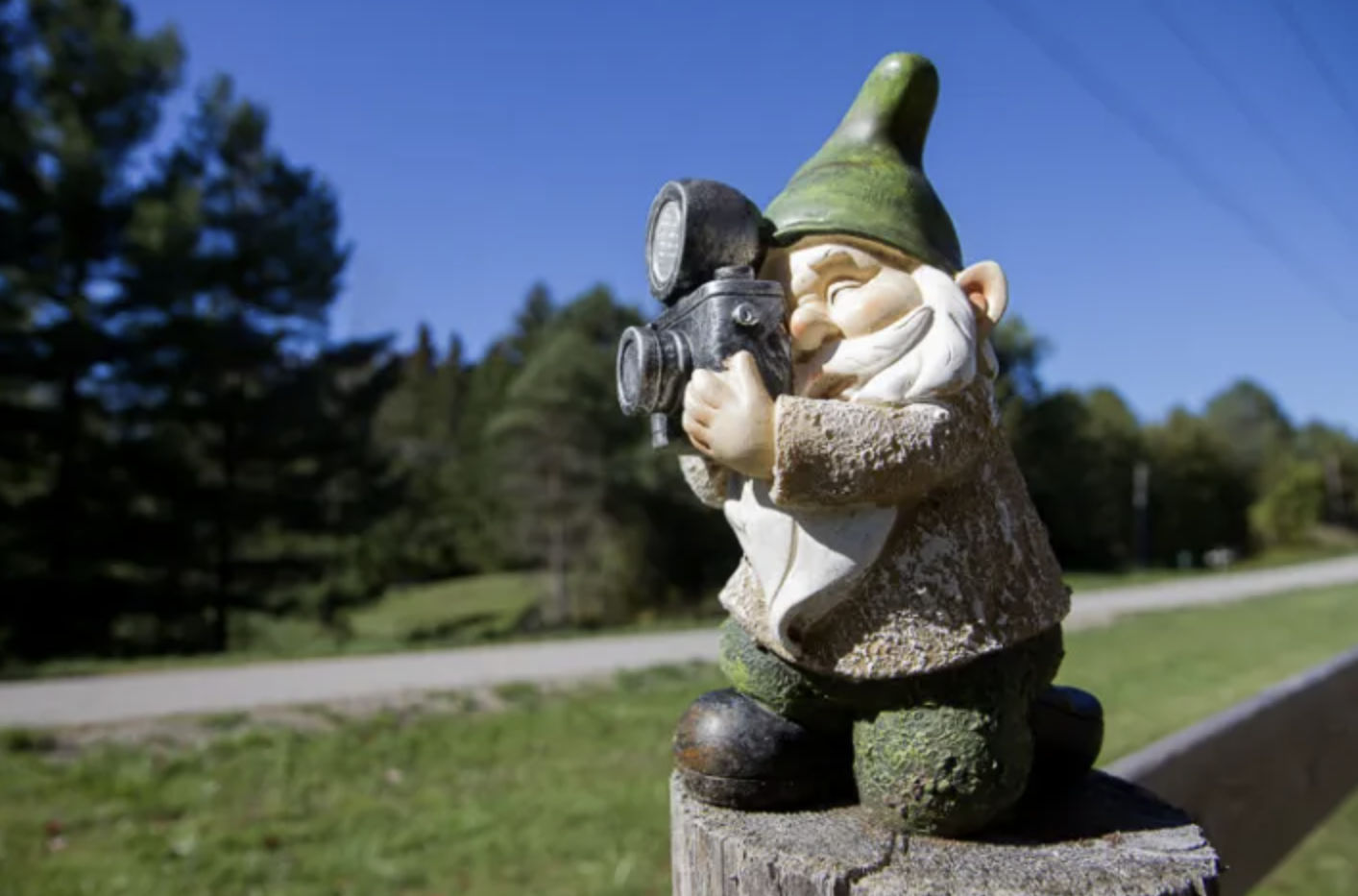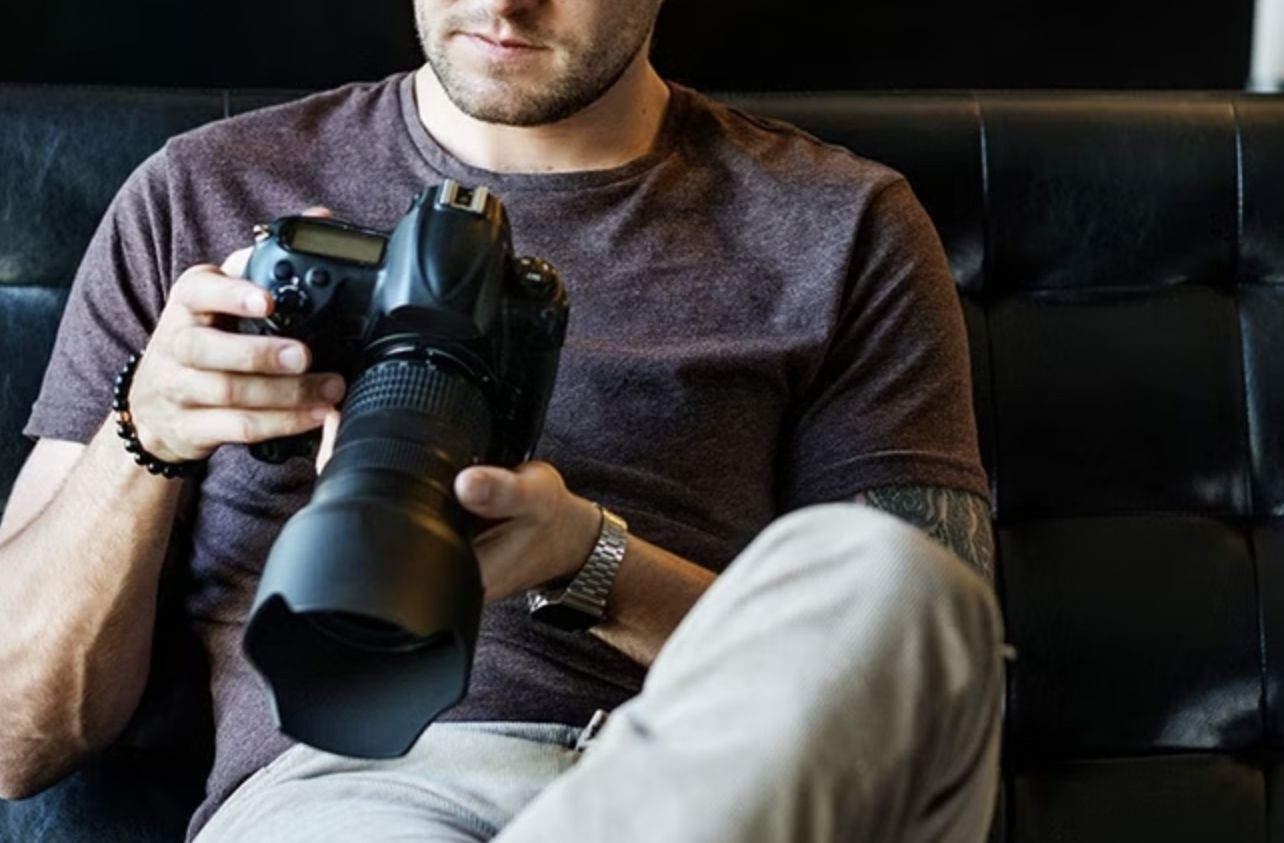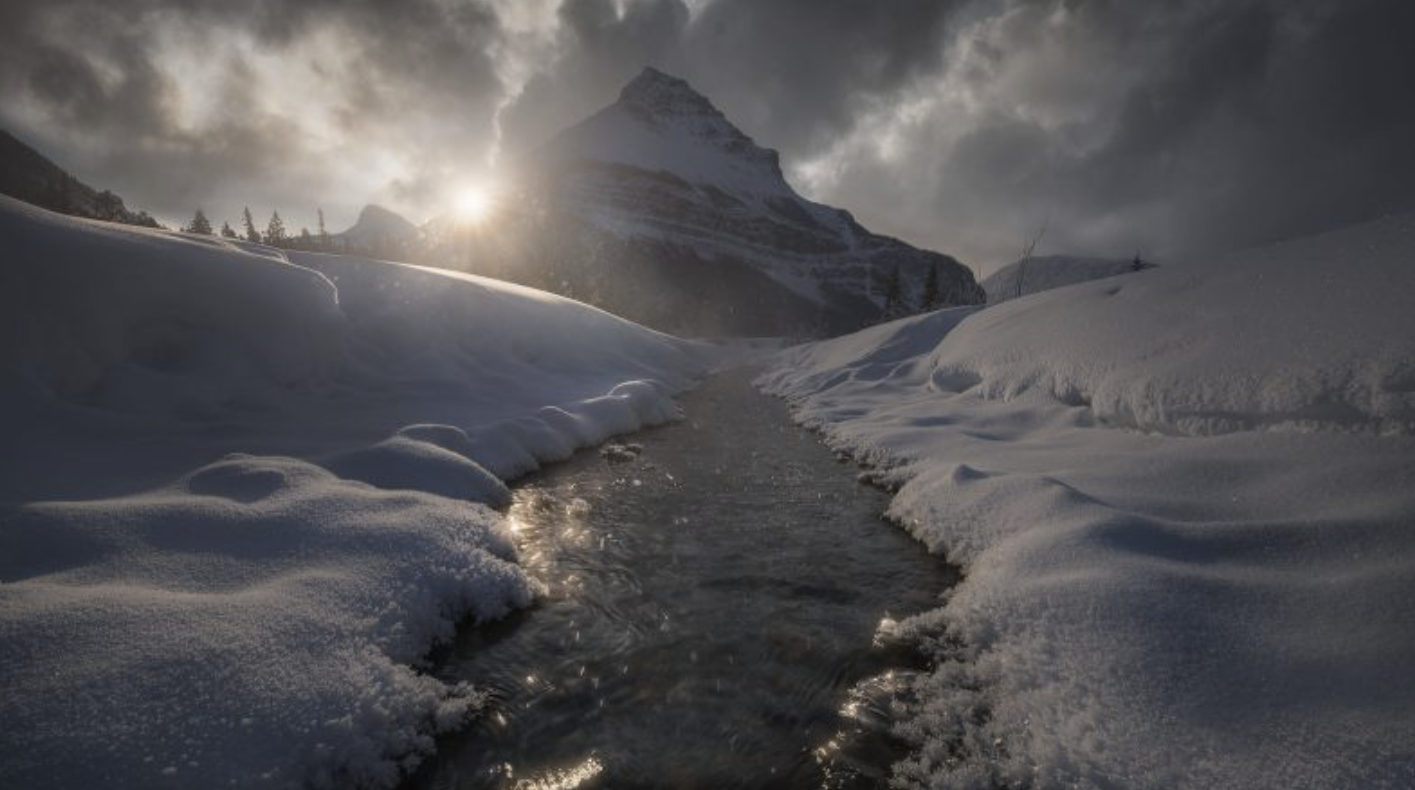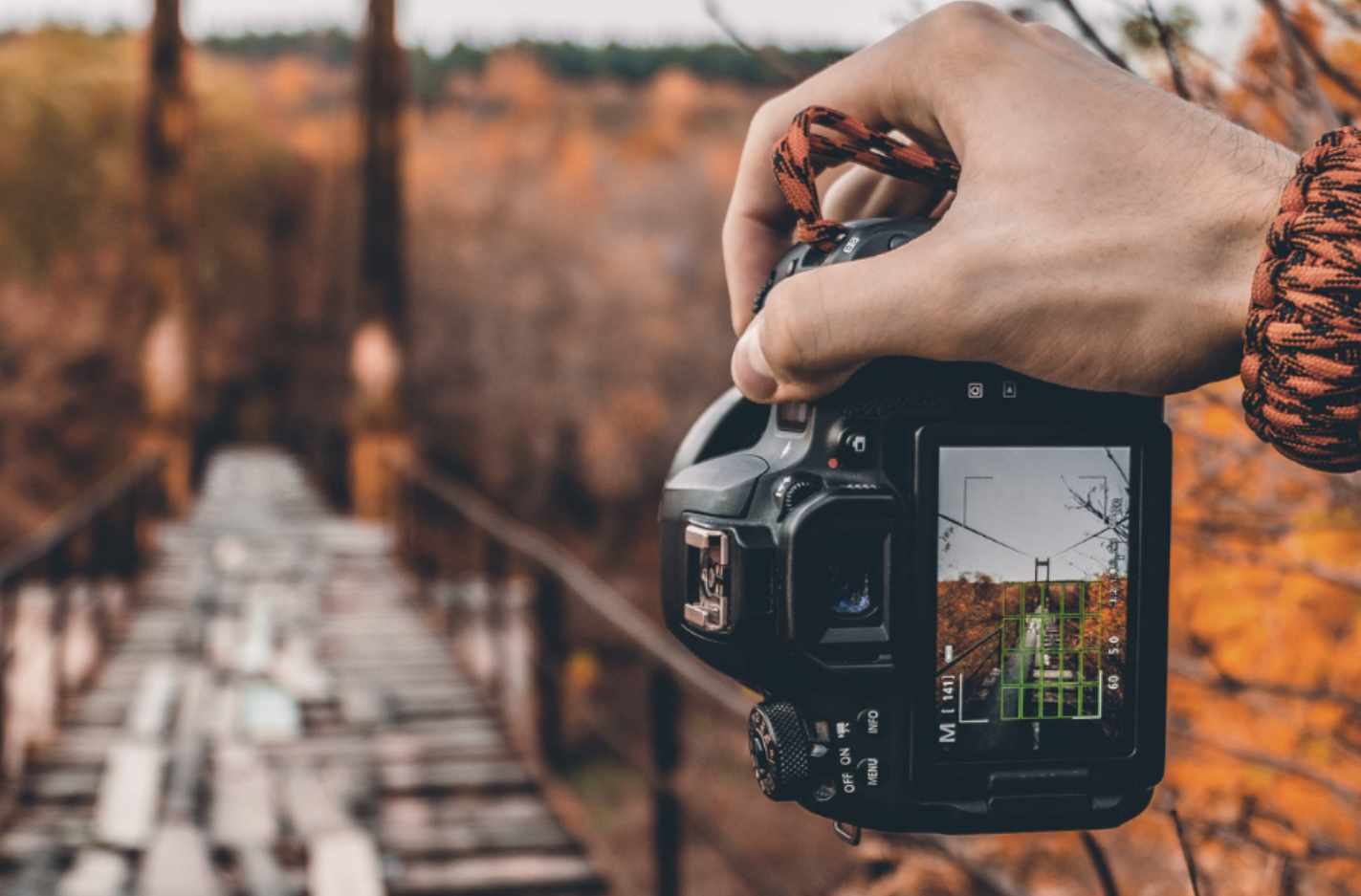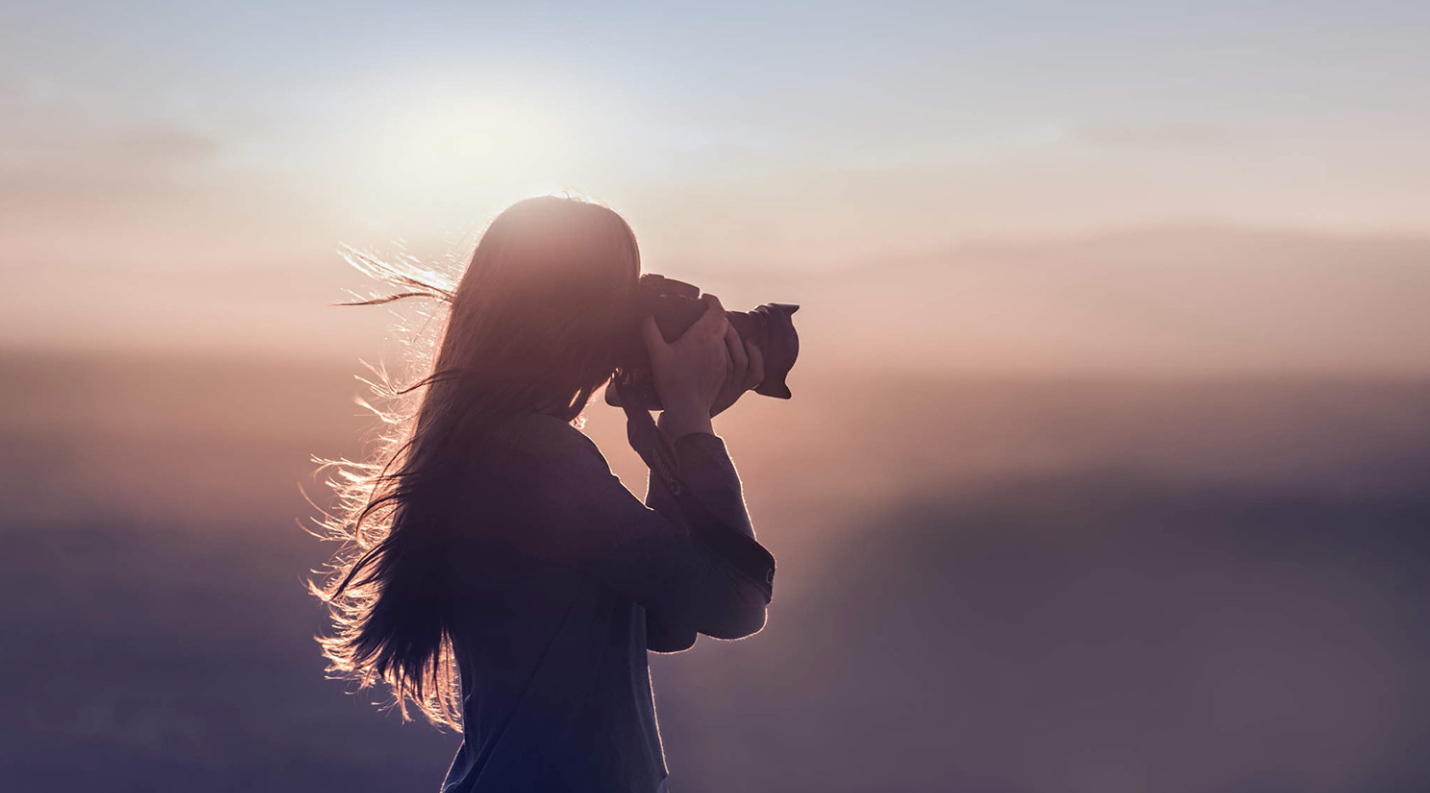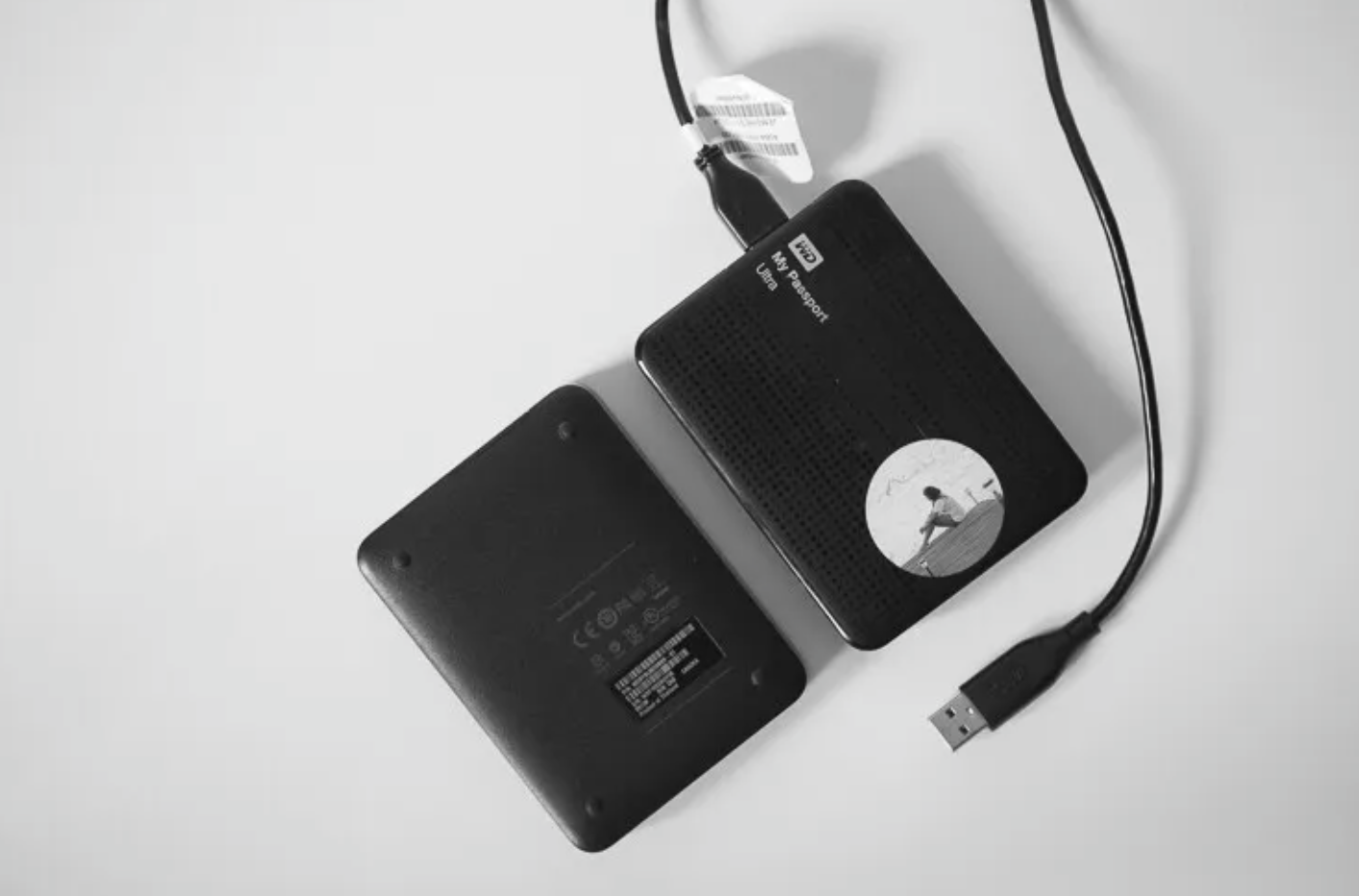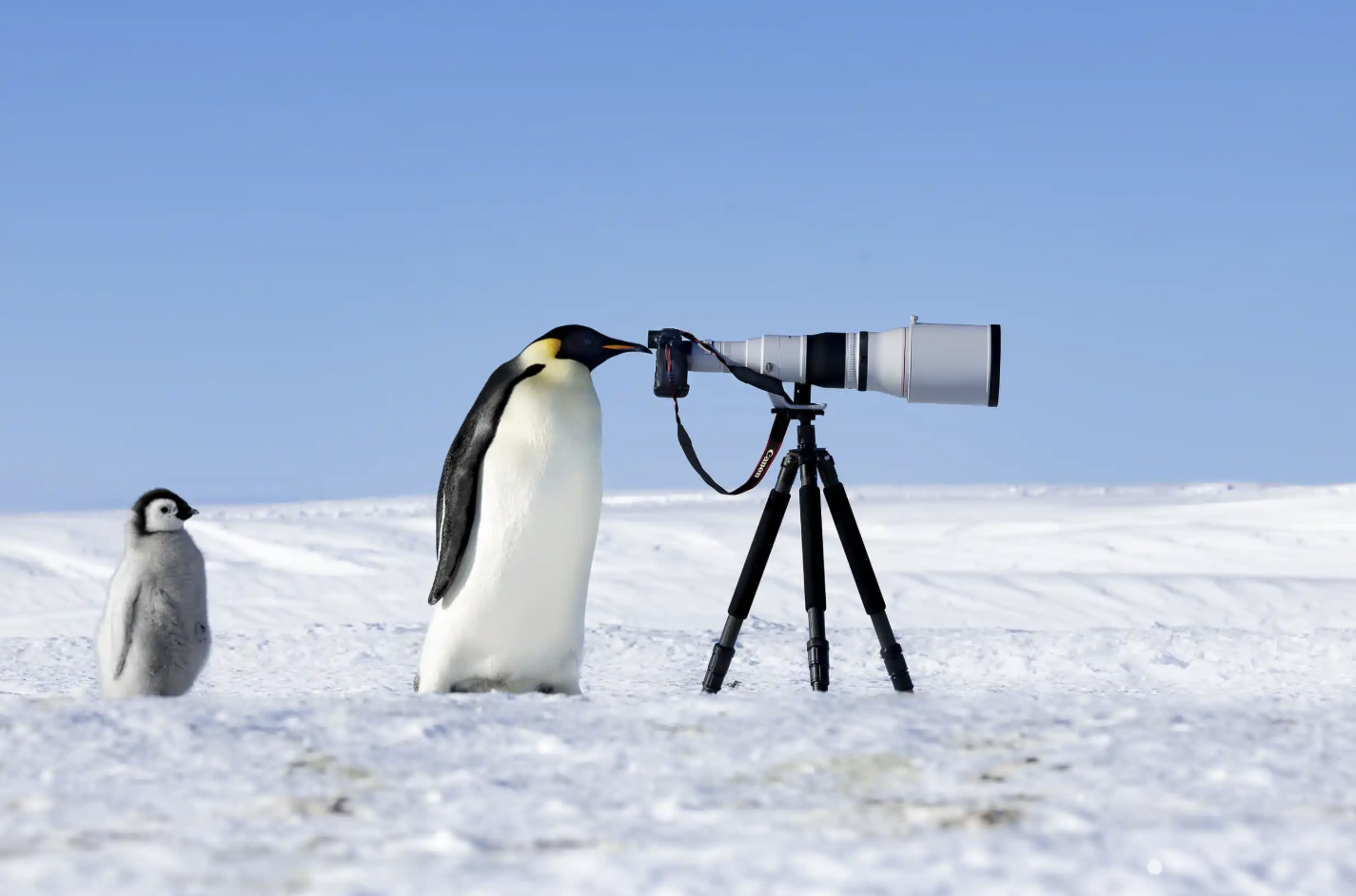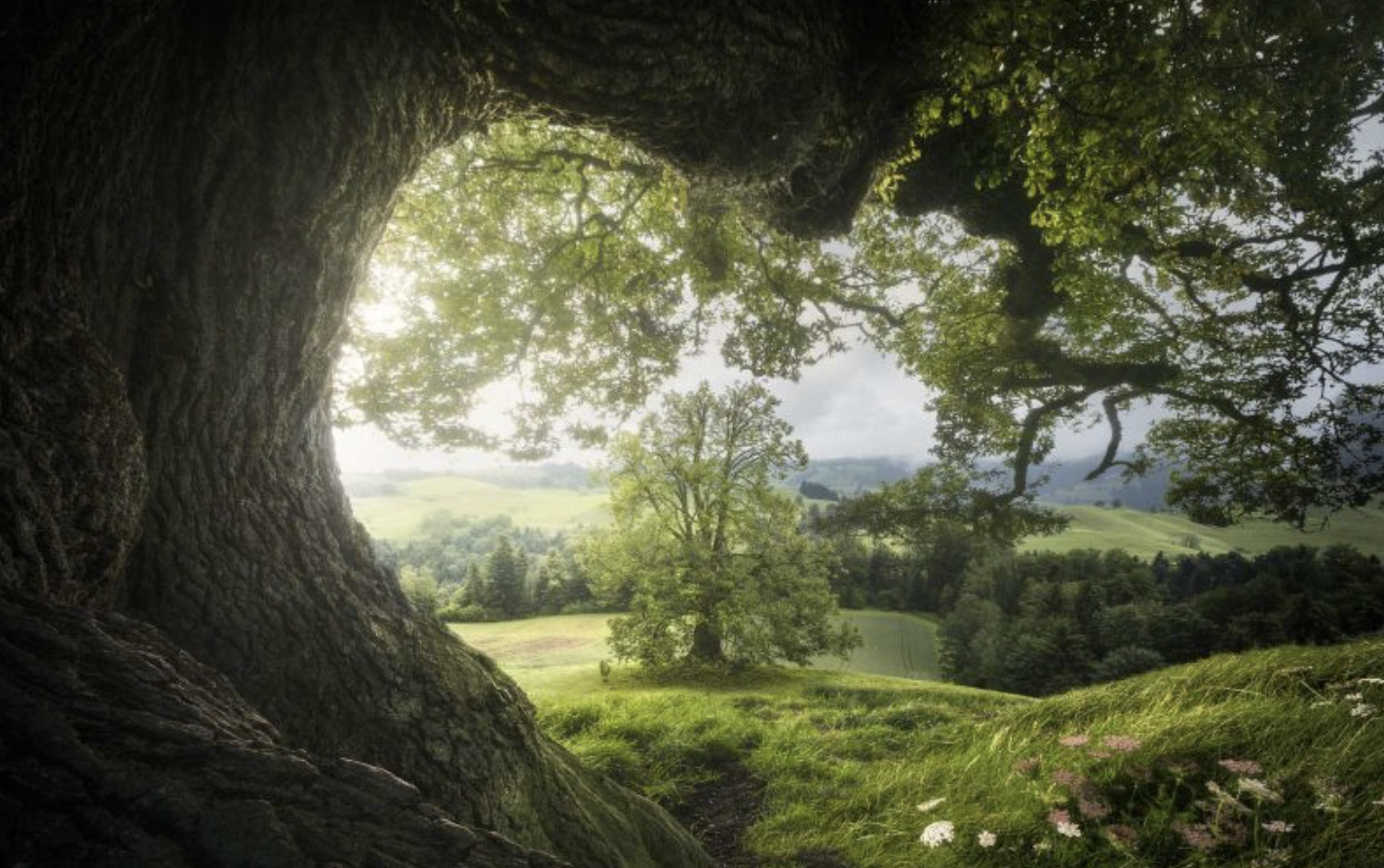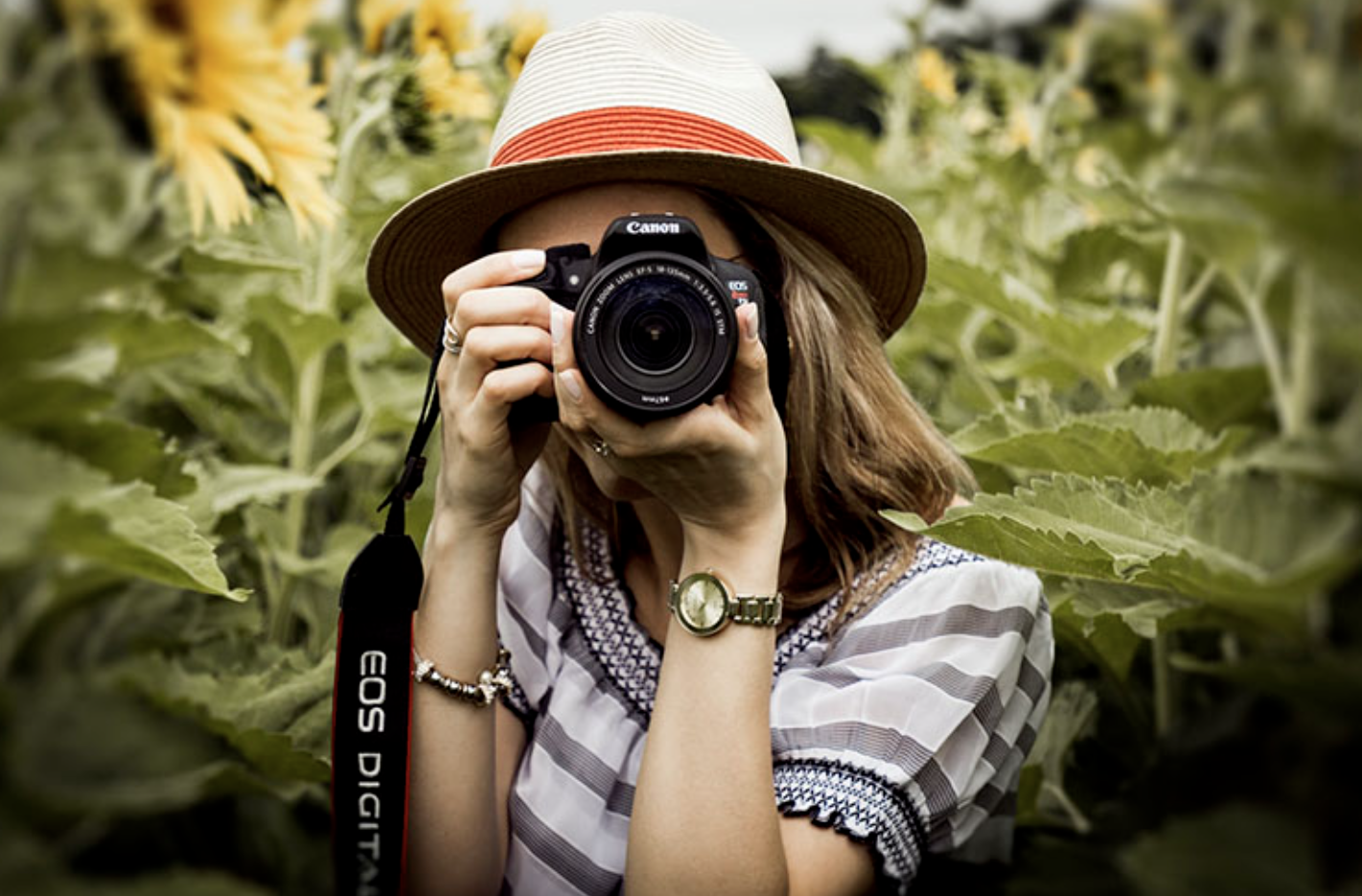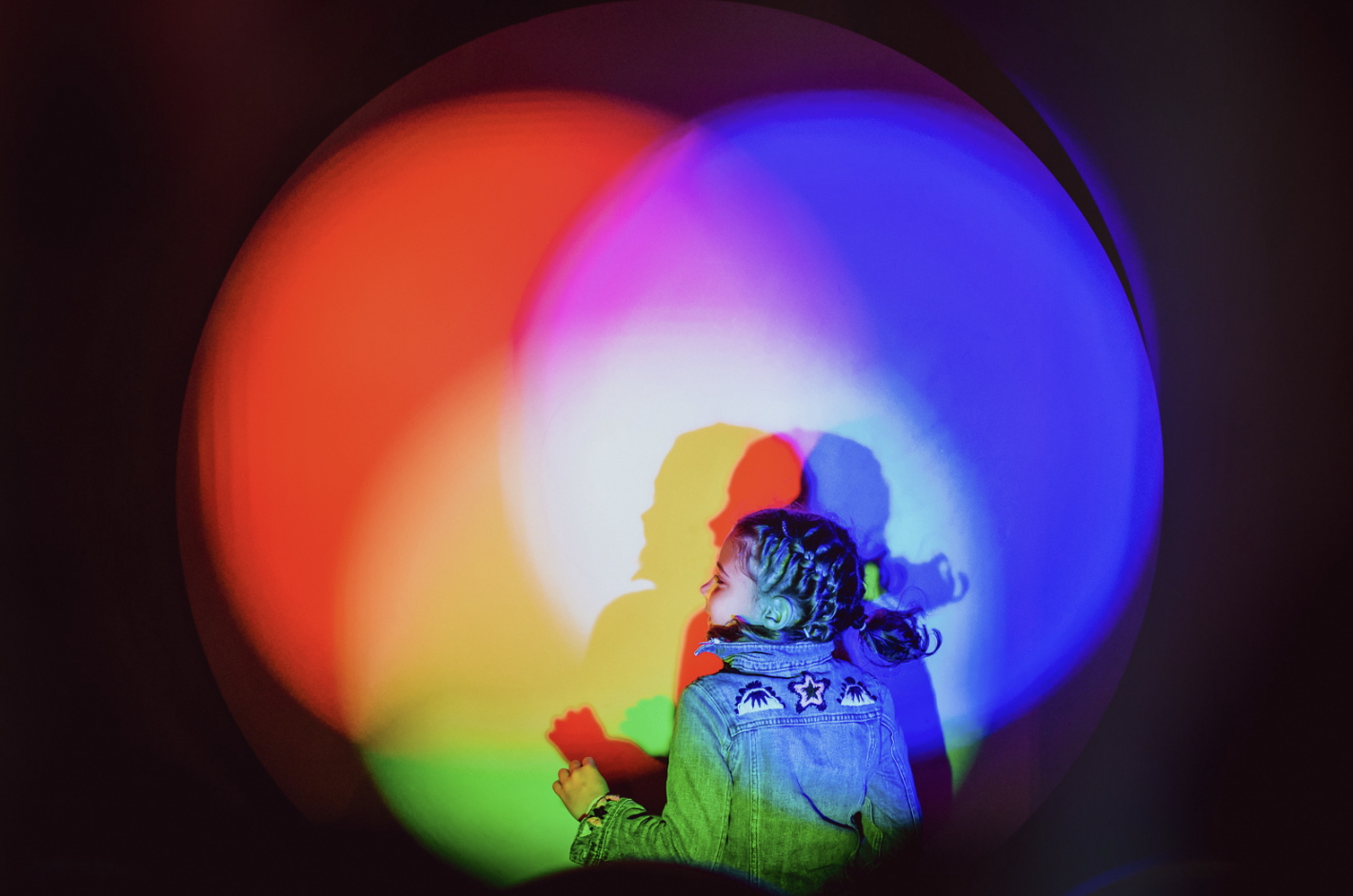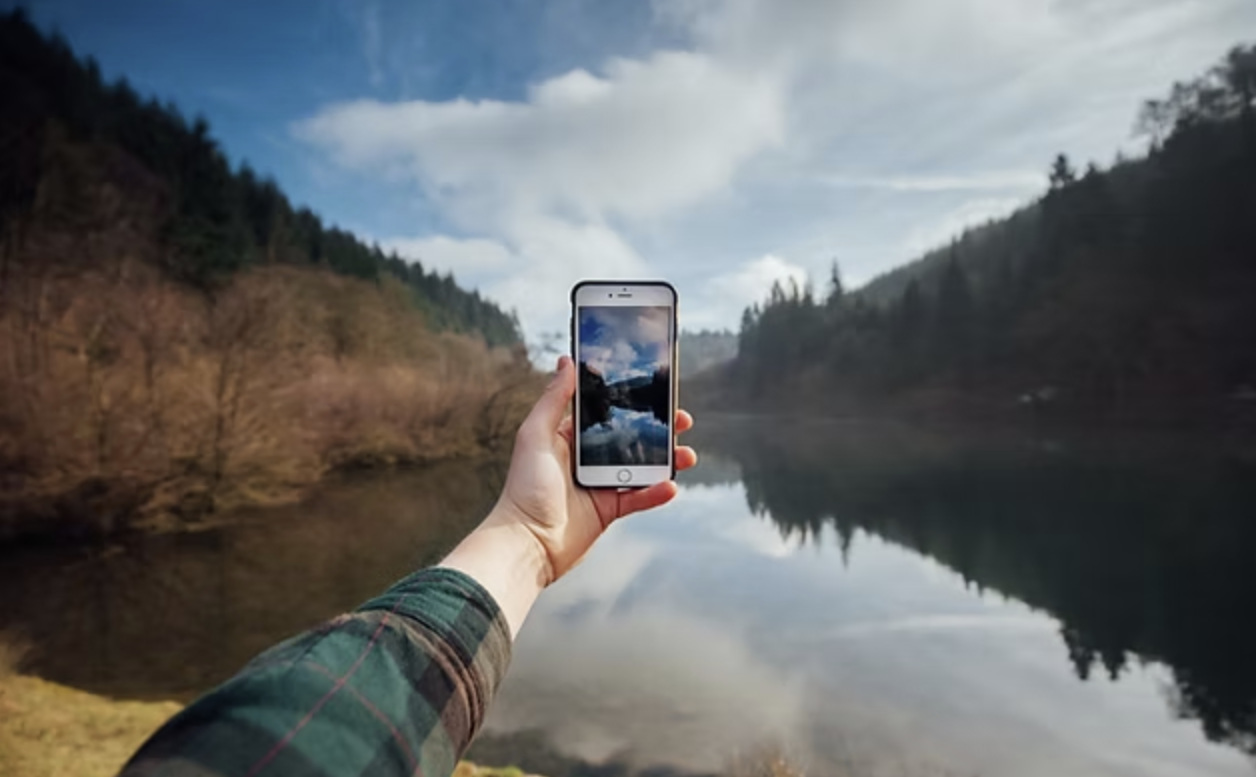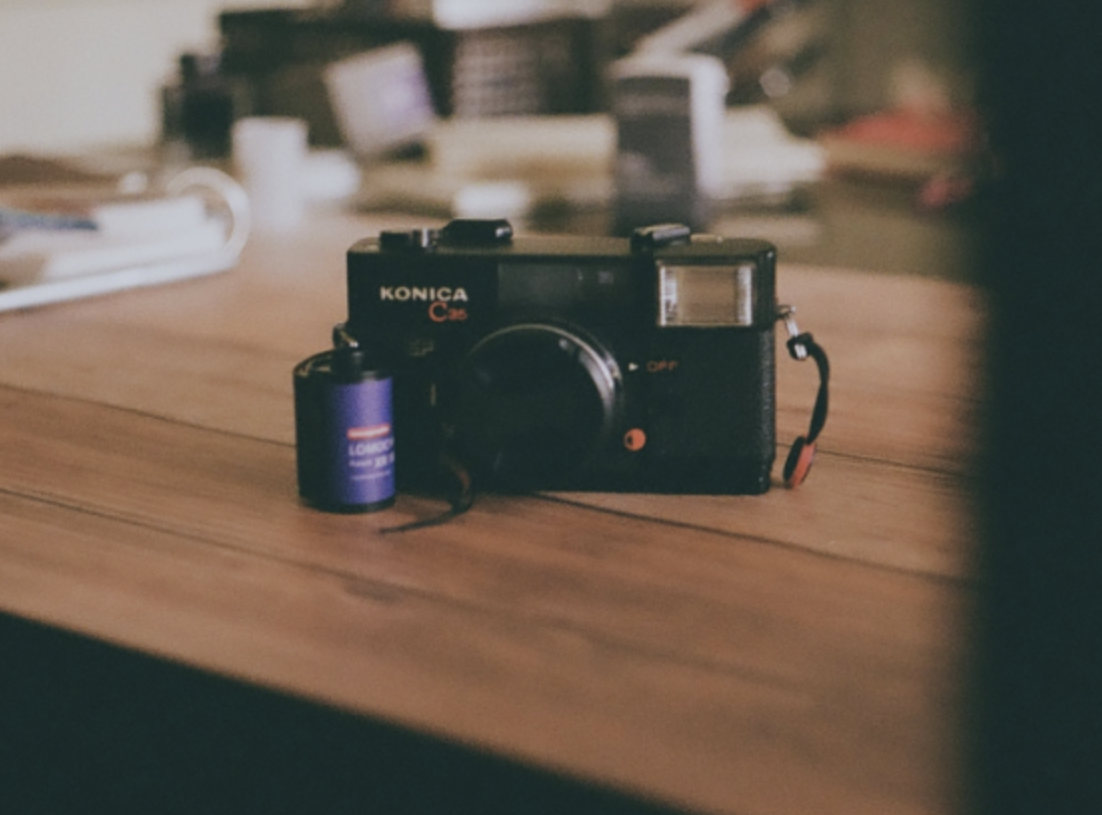
If you’ve been toying with the idea of trying film photography, now might be the perfect time to take the plunge. Making the transition from digital to film can seem intimidating, but with the right gear and a little guidance, you’ll be on your way to discovering the charm and unique qualities of analog photography.
If you’re just starting out, here’s a simple guide to get you going with film photography.
1. Choose a Camera
The first step in your film photography journey is, of course, getting a camera. As a beginner, it’s best to stick with a basic 35mm film camera. While medium and large format cameras are exciting options down the line, they can be overwhelming for someone new to the craft.
35mm cameras are easy to find and often quite affordable. You can check out local thrift stores, yard sales, or even online marketplaces like eBay, KEH, and UsedPhotoPro. When selecting a camera, make sure it’s in good working order. While having a light meter built in is helpful, it’s not essential at this stage. A good entry-level camera, such as the Nikon FE, Canon AE-1, or Olympus OM-1, should cost around $150.
2. Invest in a Lens
While the camera body is important, investing in a quality lens can make a world of difference in your photography. Thankfully, you don’t have to spend a fortune to get a good lens. Many camera brands like Canon, Nikon, and Olympus produced high-quality lenses back in the day that are still available at affordable prices.
For instance, a 50mm f/1.8 lens, which is a great all-around choice for beginners, might cost around $70, depending on its condition. This lens will give you sharp images and beautiful bokeh, making it an ideal starting point.
3. Pick Your Film
A camera without film is just a piece of equipment, so you’ll need to choose the right film to load into your camera. As a beginner, it’s a good idea to stick with basic black and white or color negative films, as these are typically more affordable and forgiving.
Popular options include Kodak’s Tri-X (black and white), Gold 200, and UltraMax 400 (color), or Ilford’s HP5+ (black and white). Fujifilm also offers Fujicolor 200 and Superia X-TRA 400 for color options. These films typically cost between $3 to $4 per roll, making them an affordable choice while you’re learning.
As you get more comfortable with film photography, you might want to experiment with more specialized films like slide films or pro-level options, but it’s best to start with the basics.
4. Find a Lab for Development
Once you’ve shot your roll of film, you’ll need a lab to develop it. While many local photo labs and one-hour processing services have disappeared, there are still plenty of mail-order labs available to handle your film developing needs.
Reputable services such as Indie Film Lab, Richard Photo Lab, and The Darkroom can develop your film, but you can expect to pay around $10 per roll just for developing. If you want scanning and prints, the cost will increase. Developing costs can add up over time, so it’s important to budget for this ongoing expense.
5. Prepare for the Learning Curve
Getting started with film photography is relatively simple, but managing expectations is where many beginners struggle. When you first start shooting, don’t be surprised if your results aren’t perfect. Film has its own set of quirks — from light leaks to unexpected color shifts and grainy textures. These unique qualities can be part of the charm of shooting film, but they might be frustrating at first, especially if you’re used to the precision of digital.
Embrace the learning process and be patient with yourself. Film photography requires a more deliberate approach, so take your time, enjoy the process, and allow room for mistakes. Over time, you’ll develop your style and start to appreciate the distinctive characteristics of film that digital photography can’t quite replicate.
Final Thoughts
Starting with film photography can be a rewarding experience, but it requires patience and an open mind. With a basic camera, lens, some film, and a reliable lab, you’re all set to begin. As you continue to experiment, you’ll find out whether film is a medium you want to pursue long-term. Keep practicing, and you’ll soon discover the unique beauty that only film can offer.


